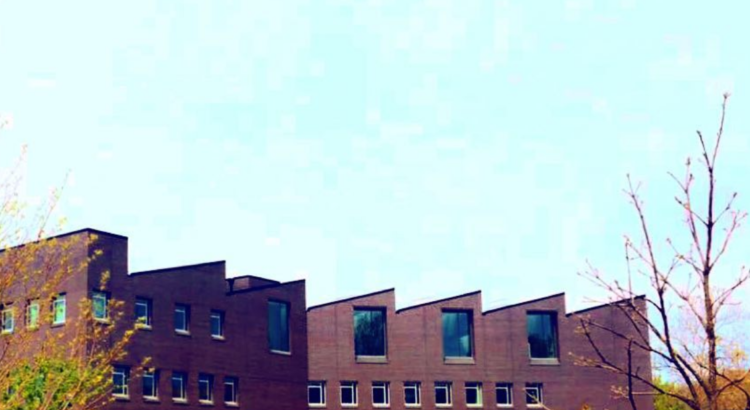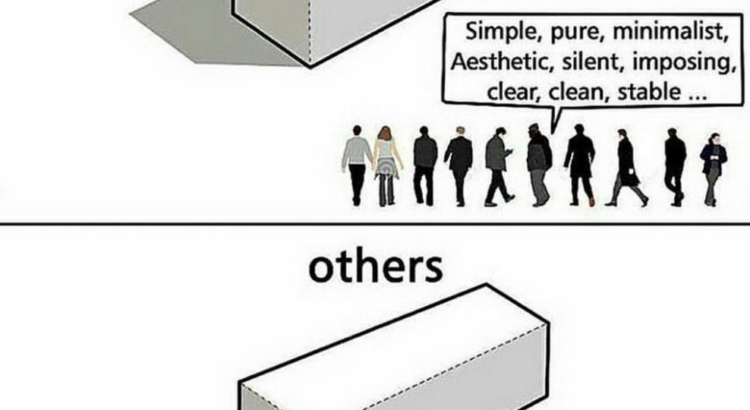
Hi Everyone! I know it’s kind of late, but bear with me! I’m suffering too :'(
I’m back again this week, with this week’s topic: Classwork Load!
A little off topic, but I caught myself reminiscing about my days back in grade school and high school, when I was practically praying I’d end up going to college here! It was a sort of bittersweet, unexpected flashback, and I can’t really remember what brought me back into those memories, but I think it was just me feeling really overwhelmed and pessimistic about all of the assignments and projects being thrown at me every single week! I had these flashbacks of me studying as hard as I could for my AP exams, and the awful ACT, and feeling like it would be the end of the world if I didn’t end up going to school for architecture here at Michigan. And now, here I am, begging the workload for mercy, and cursing myself for having chosen such an expensive, draining discipline. It’s just the awful truth, for me at least (honestly, it really depends on who you ask in the program). Architecture for me here has always had its ups and downs. I call it my love-hate relationship with architecture.
Many non-design people would ask me, “so what’s the workload like?” and after hearing me say something like “It’s quite heavy, I’m lucky if I get to work from home, but most of the time I practically live at my studio desk,” they’d say “wow, that sounds like so much fun, it’s arts and crafts in college!”
Yeah, yes but no to that statement.^
Do I enjoy architecture here at Michigan? Yes, BUT I also have moments when I’d say no. Usually, those moments are during the execution of my ideas (ideas, being the “yes” part of why I enjoy this discipline). I say yes for the brainstorming, imaginary fantasy moments of a project- where I’ve developed or am developing a proposal for the prompt’s concepts. Then no, for the execution parts- the actual virtual modeling of my sketches, making sure it’s physically possible and feasible to construct, or sometimes even I get designers’ block (like writer’s block) where I can’t think of any novel ideas!! But all of that was mostly about the studio work (which is a pretty big deal because these are the courses where you can grow as a creative designer getting feedback from amazing faculty, and the fact that these courses cost your GPA 5 credit hours). The rest of the workload comes from the technical classes that compliment studio work (such as design theory courses, experimental courses, historical courses, etc), which honestly, despite knowing it’s knowledge essential to being a great architect one day, feels more like busy work compared to studio work. Often, I find I focus mostly on studio work, and that gets most of my free hours, and then, (thank goodness for planners) when I finally remember something is due soon or the next day, I’d hurriedly do those other assignments. In other words, to summarize, studio work, no matter who you ask, will tell you it is a heavy workload, and everything gets second priority (much like how you’d probably find your vegetables being pushed to the side during your dinner: vegetables- necessary and healthy essential nutrients, BUT getting ourselves to eat it raw is like pulling teeth).
“So how do you deal with all of this?’ you’re probably asking. Or maybe you’re an Mgineer and think “pssssh this ain’t nothing compared to what I have to do for my classes.”
Well, as I imagine several other students (of all disciplines) do, I definitely invest a great deal of my sanity and faith in my planner- yes, a physical, paper planner.
I don’t know about you, but I greatly appreciate physical editions of books and planners for the like- it’s like I feel more assured knowing I’m clutching the exact item which holds every possible thing that I need to do in a day (or the week), and I love physically crossing things the items on my list off as I complete them- it’s this feeling of a satisfying sort of crisp validation to cross it off and to see the item(s) crossed off. And it operates that way too, since I often find that when I check back with my planner to make sure I got everything done, or a reminder for what’s to come, if I find something isn’t crossed out, I feel guilty and pressured to get it complete! So, for me, a planner serves as a highly necessary device that keeps my tasks in engraved in the grains of its pages, it motivates me to get things done or even prioritize tasks, and helps me to prepare my life for the near future (especially helpful when booking appointments because then I’d just open up my planner and my planner tells me when I am free!).
The second part to my coping mechanism for this workload is to breathe. Yes, as simple as that. I really find it helps me relax a bit, and literally take some weight off my shoulders from the virtual burdens of life that I’ve created for myself. I inhale, exhale, as many times as needed (you can think of it as a sort of meditative ritual) until I feel better again and ready to take on life and classes again. Or if all else fails, I take a nap, since I find it isn’t unusual for me to get a headache or heavy eye strain by the end of my day. A warm cup of tea can help too, I especially love chamomile, black, and green teas! They smell so good, just inhaling the scent, beside a candle really makes me feel relaxed as though everything’s going to be totally okay, even if I have a project due tomorrow and I’m just halfway done as I am right now.
So, what do you think? Did my insight shock you? Enlighten you? And what coping mechanisms do you employ to help you get through life? Drop me a comment, I love hearing from you all! And I’m always willing for you all to pick each week’s blog subject- I want to know what you wanna know!!
And, another shameless plug, if you’re interested in seeing the work I do, or what kinda life I live, give me a follow on instagram at themichiganarchitect !
I look forward to hearing from you all! I love writing for you guys 🙂
Alrighty, I’ll write again next week, goodnight everyone! And hope ya’ll stay healthy cuz GOSH the weather here is driving me insane!!














